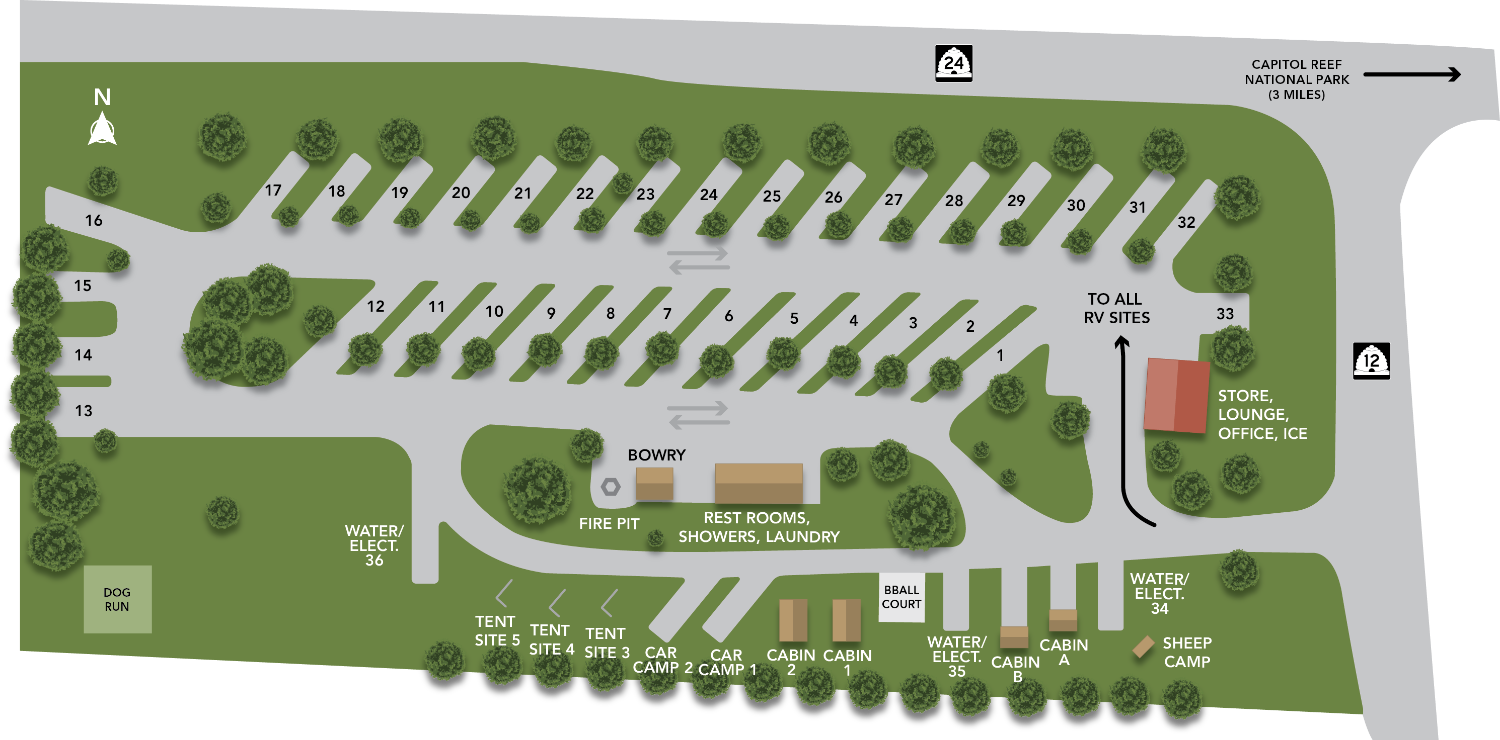Table Of Content

Traditional methods such as print advertising and partnerships with local tourism boards or travel agencies can also be beneficial. Common sources of financing include personal savings, bank loans, investor funding, and government grants or loans for tourism-related businesses. For instance, today’s RV owners value experiences over material possessions.
Things We Learned About Building Our Own RV Park
With just a single bed in campervan you get a lot of room for storage and cooking. Most experts agree that the cost to build an RV park ranges from $15,000 to $50,000 per site. The total cost depends dramatically on where you’re building and the sort of park or resort you want. No matter what it will look like or where it will be, building one from scratch is a major multi-year undertaking. In truth, campgrounds don’t have a lot of ways to increase their revenues. Instead, your fixed and variable costs will determine the site’s price per night, your break-even point, and your local competition.

RV Park Design and Layout [Floor Plan, Dump Station Included]
Sewer hookups are rare, although a dump station may be near the bathhouse. Different terms are used to describe the amenities a camper can expect at your facility. Matching your customer’s expectations with the realities you offer is one key to getting happy customers–and happy customers are customers who come back and tell their friends. As you can see, there’s a big difference between campers’ various options. Accordingly, the money they’ll pay for their site varies with the location and amenities.
How to Start a Green Burial Business
You won’t get everything perfect on the first try, but you can get a good head-start on your lifestyle by taking the van out on a dry run. Sleep in it as you plan on doing during van life for a few nights (in the city or in a campsite). Just because someone built something creative does not mean it’s functional, or even practical for full-time living. Take some time to look at other builds to get an idea of what you might like.
Amenities can help make an RV park stand out from the competition, when someone is choosing a spot to stay they’ll be looking for an RV park that meets their specific wants and needs. These are just some of the questions that must be answered when creating RV park plans. Effective marketing can help you attract more guests, increase occupancy rates, and consequently boost your revenue. They demonstrate your understanding of the business and its profitability potential. To design a better RV park, one must first understand the dynamics of the RV park industry. This involves analyzing industry growth and keeping up with market changes.
We’ve driven a lot of miles, taken our daughter to countless campground tours and meetings, and gotten to stay overnight at all the different campgrounds we’ve checked out. This can be overwhelming, especially if you’re looking at a property that needs a major facelift. Which is why you need a clear vision of what your campground will be like. We know ours, for example, will be focused more for remote workers and families who want to travel, but may need a good place to work or do virtual schooling. This means finding property with a building or room for a building that can act as a co-working space with high-speed internet for campers.
Your business plan should detail the location and size of your RV park, the type of guests you aim to attract (e.g., families, retirees, long-term campers), and the amenities you plan to offer. Whether it’s a small, 1 acre or 2 acre RV park layout design or one that spans many acres, there are a few key land planning steps to ensure its success and long-term viability. The RV park design layout will have a direct impact on how attractive it is to RV owners. Each RV parking pad should be at least 20 ft. by 50 ft. and be accompanied by an adjacent camping pad of at least 20 ft. by 20 ft. These dimensions are generally big enough to hold an RV, a second vehicle, a picnic table, a grill, and a fire ring or pit.
Building A Private RV Campsite On Our New Property - RV Lifestyle
Building A Private RV Campsite On Our New Property.
Posted: Sat, 18 Dec 2021 08:00:00 GMT [source]
The number of campers that can fit on an acre varies based on local zoning laws and the layout of the park, but generally, it’s estimated that around RV spaces can fit on one acre of land. Designing a successful RV park involves strategic planning to cater to the growing demand and changing market trends. Understanding the industry, creating a solid business plan, securing financing, effective marketing, and overcoming challenges are key steps for prospective RV park owners. Make sure you take advantage of whatever natural amenities your campsite has to offer. A lake or a similar water body nearby can provide your campers with swimming, boating, and fishing facilities. As an RV park owner, you should determine whether your guests require a long-term RV Park.
Note that the very first step when it comes to designing an RV park is to choose the ideal location. You would want to go with a location that is close to well-known tourist destinations, natural attractions, or even major highways. Having great views at your park can help it stand out and attract more campers even if you aren’t near a popular urban area or a beach.

If you have a vision for your campground, it can make buying an existing campground even harder too. I think this is one of the major reasons we found so many things we would need to update at existing parks — we were trying to conform an existing property to our vision. Generally, you can budget around $15,000 per campsite (for full hookups) or less if you’re especially handy and can do the work yourself. One of our Campground Booking customers said he installed new campsites himself for around $1,500 per site.
You want to ensure that it is comfortable and has enough space for you and any other people who will be using it. Look for a trailer with a spacious sleeping area and enough storage for your gear and supplies. The cost of a small camping trailer can vary greatly depending on the type, size, and features. A basic teardrop trailer can cost anywhere from $5,000 to $15,000, while a luxury fiberglass trailer can cost upwards of $30,000.
When limited space challenges the possibilities, being innovative and creative is the key to maximizing potential. Small RV parks, due to their confined size, require imaginative and well-thought-out designs. The layout of an RV park, particularly a smaller one, is more than just a strategic placement of slots.
Visitors without RVs of their own or with more family members than can comfortably sleep in one vehicle can rent them out to experience the RV camping life. Naturally, the cabins need to be cleaned between visitors and otherwise maintained, but they can expand the range of people who can take advantage of a particular RV park. When you buy an RV park, standards are central to the design and development process.
This kind of minimalism encourages outdoor living and inspires people to explore nature instead of staying cooped up inside. A proper layout can make your RV park more efficient and profitable for you as an RV park owner and operator. Scamp lightweight travel trailers can’t be beat for a convenient, fun camping experience. Call upon our experts to discuss whether our small, lightweight 13’ travel trailer is right for you or our mid-size 16’ towable camping trailer with side dinette would fit the bill. And if you need even more room, our largest 19’ 5th wheel travel trailers would be perfect. Compare a Scamp to any other fiberglass camper and you’ll find, for the money, nothing comes close to a Scamp Trailer.

No comments:
Post a Comment